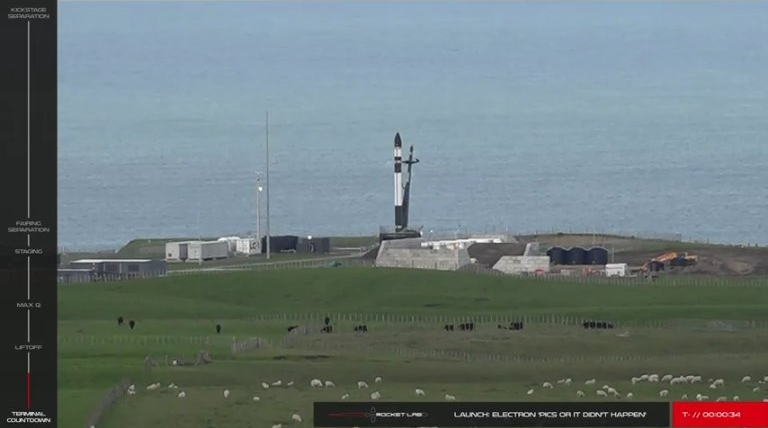Midnight repost: No obscenities on Behind the Black
The tenth anniversary retrospective of Behind the Black continues: I first posted these rules pertaining to commenting on Behind the Black on December 31, 2017, but have always adhered to them.
Anyone, without registering, can come this website and comment about anything (though preferably in connection to something I have posted), as long as they act like an adult. If they want to point out an error in something I’ve written, great. If they want to disagree with me civilly, even better. All they have to do is keep their language clean and not resort to childish insults.
Over the years since I have been amazed how many people in today’s increasingly barbaric culture can’t seem to do this simple thing. Thus I think these rules bear repeating, if only to outline to my many new readers where I stand on this issue. (Note that since I posted this I have relaxed the rules slightly. First time offenders are now issued a warning instead of being suspended immediately.)
———————
No obscenities on Behind the Black
I have stated this now bluntly more than a few times. I will not tolerate obscenities or curse words on this website. Despite this, today two different regular commenters thought it was perfectly fine to ignore these rules. One I have suspended for a week. The other might be.
The rest of the world might want to wallow in barbarism and ill behavior, but it will not happen here. This is my workplace. If you want to participate in the conversation on Behind the Black, I expect you to act like a civilized adult. If you can’t abide by these rules, then go somewhere else.
And don’t think it is okay to quote someone else verbatim and get away with this. As I noted just now in a reply to the suspended commenter, when Richard Nixon’s White House used the term [expletive deleted] everyone knew what it meant. It wasn’t a great solution, but it at least showed that they recognized that it was inappropriate to nonchalantly print obscenities, even ones spoken by the president. At the same time, they knew they couldn’t edit the transcripts, so they found a way to make it clear what was on the tapes without adding to the misbehavior.
Consider this a final warning. From now on I will not simply delete the obscenity and issue a warning. From now on, any violation of this rule will get an immediate suspension for a week. A second violation by the same person will get them banned.
The tenth anniversary retrospective of Behind the Black continues: I first posted these rules pertaining to commenting on Behind the Black on December 31, 2017, but have always adhered to them.
Anyone, without registering, can come this website and comment about anything (though preferably in connection to something I have posted), as long as they act like an adult. If they want to point out an error in something I’ve written, great. If they want to disagree with me civilly, even better. All they have to do is keep their language clean and not resort to childish insults.
Over the years since I have been amazed how many people in today’s increasingly barbaric culture can’t seem to do this simple thing. Thus I think these rules bear repeating, if only to outline to my many new readers where I stand on this issue. (Note that since I posted this I have relaxed the rules slightly. First time offenders are now issued a warning instead of being suspended immediately.)
———————
No obscenities on Behind the Black
I have stated this now bluntly more than a few times. I will not tolerate obscenities or curse words on this website. Despite this, today two different regular commenters thought it was perfectly fine to ignore these rules. One I have suspended for a week. The other might be.
The rest of the world might want to wallow in barbarism and ill behavior, but it will not happen here. This is my workplace. If you want to participate in the conversation on Behind the Black, I expect you to act like a civilized adult. If you can’t abide by these rules, then go somewhere else.
And don’t think it is okay to quote someone else verbatim and get away with this. As I noted just now in a reply to the suspended commenter, when Richard Nixon’s White House used the term [expletive deleted] everyone knew what it meant. It wasn’t a great solution, but it at least showed that they recognized that it was inappropriate to nonchalantly print obscenities, even ones spoken by the president. At the same time, they knew they couldn’t edit the transcripts, so they found a way to make it clear what was on the tapes without adding to the misbehavior.
Consider this a final warning. From now on I will not simply delete the obscenity and issue a warning. From now on, any violation of this rule will get an immediate suspension for a week. A second violation by the same person will get them banned.


